
Getting hands-on and learning in the natural environment is growing in popularity in schools and nurseries, with many following what is called a Forest School approach.
It may seem like a fad, but its roots go back to outdoor learning pioneers in the UK in the early 1900s and to Scandinavia, where play in natural surroundings has been seen as important since the 1950s.
Despite the name, Forest School can be held anywhere from grassy parks to woodland and beaches. It also involves regular, long-term visits. Ideally, children attend sessions all year round, so they can experience all seasons.
Sessions are held regardless of the weather as long as it is deemed safe – think of the fun and learning potential of making rain shelters, ‘writing’ in mud or experimenting with things blowing in the wind.
Through regular sessions children can experience risk and challenge and develop skills that are hard to teach in a classroom.
WHAT CHILDREN DO
It may look like your child is simply having fun outdoors, but practitioners are trained to plan, observe and adapt sessions to react to children’s interests and the ever-changing natural environment, while also building on their knowledge, skills and confidence.
Sessions are child-directed, so the range of activities that can take place are huge, but they all take advantage of natural resources and reinforce children learning to respect and care for the natural environment. These can include:
sensory walks
foraging
team-building games
hunting for minibeasts or pond dipping
building shelters and dens
climbing trees
playing in puddles
natural arts and crafts
tying knots
using tools for a purpose
building and lighting fires and cooking on them.
Children are given the space to explore but, don’t worry, there are high ratios of adults to children, and early sessions establish rules which continue to be reinforced.
Using real tools and building fires can be an exciting part of the sessions, but these aspects are introduced gradually to children when practitioners feel it is appropriate.
THE BENEFITS
The benefits of taking part in Forest School include children:
undertaking practical physical activities which encourage them to be more active and help to develop gross and fine motor skills
starting to understand and appreciate the natural world and environmental issues
working together to complete challenges, take turns and problem-solve: How can we make a big den?
developing communication and learning new vocabulary
becoming resilient, independent, enquiring and creative learners
learning to assess risks and make informed decisions: Will the branch be sturdy enough to take my weight? How do I use a mallet safely?
learning maths skills: How many big sticks will I need to build a den?
developing imagination and creativity: What shall I put in my ‘magic’ potion?
learning in different ways – Forest School can appeal to children who are less engaged in the classroom, and can improve behaviour, motivation, concentration and confidence
enjoying better levels of mental health and well-being.
SUPPORTING YOUR CHILD
If you feel anxious about your child participating in sessions then speak to the Forest School co-ordinator to find out about their training and risk management procedures.
Ensure you know when your child is attending Forest School so they can be dressed appropriately, typically: wellies, waterproof jacket and trousers, long-sleeved tops and full-length trousers to protect arms and legs. Woolly hats and gloves for winter and sun hats and suncream for summer.
Provide old clothes and let your child know that it’s alright for them to get dirty at Forest School.
Remember Forest School won’t be cancelled due to rain – there is no such thing as the wrong weather, just the wrong clothes!
Consider volunteering – the more adults involved then the richer sessions can be.
Ask for suggestions of Forest School activities that you can enjoy as a family.
resource ideas
The Forest School Association, www.forestschoolassociation.org
Children’s waterproofs can be bought from outdoor stores and online from suppliers including:
www.mountainwarehouse.com
www.muddypuddles.com
www.decathlon.co.uk
Or ask whether your child’s setting sells second-hand clothing.
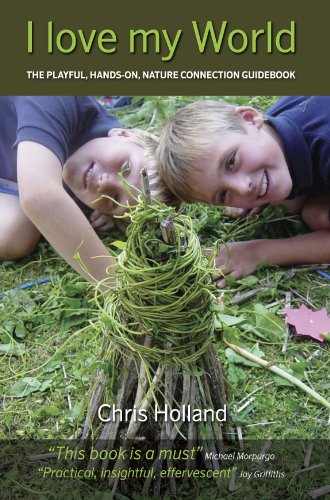 I Love My World: The playful, hands-on, nature connection guidebook by Chris Holland
I Love My World: The playful, hands-on, nature connection guidebook by Chris Holland
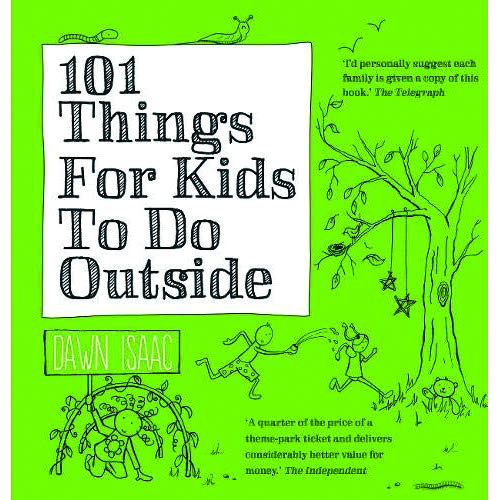 101 Things For Kids To Do Outside by Dawn Isaac
101 Things For Kids To Do Outside by Dawn Isaac
The Stick Book: Loads of things you can make or do with a stick by Fiona Danks and Jo Schofield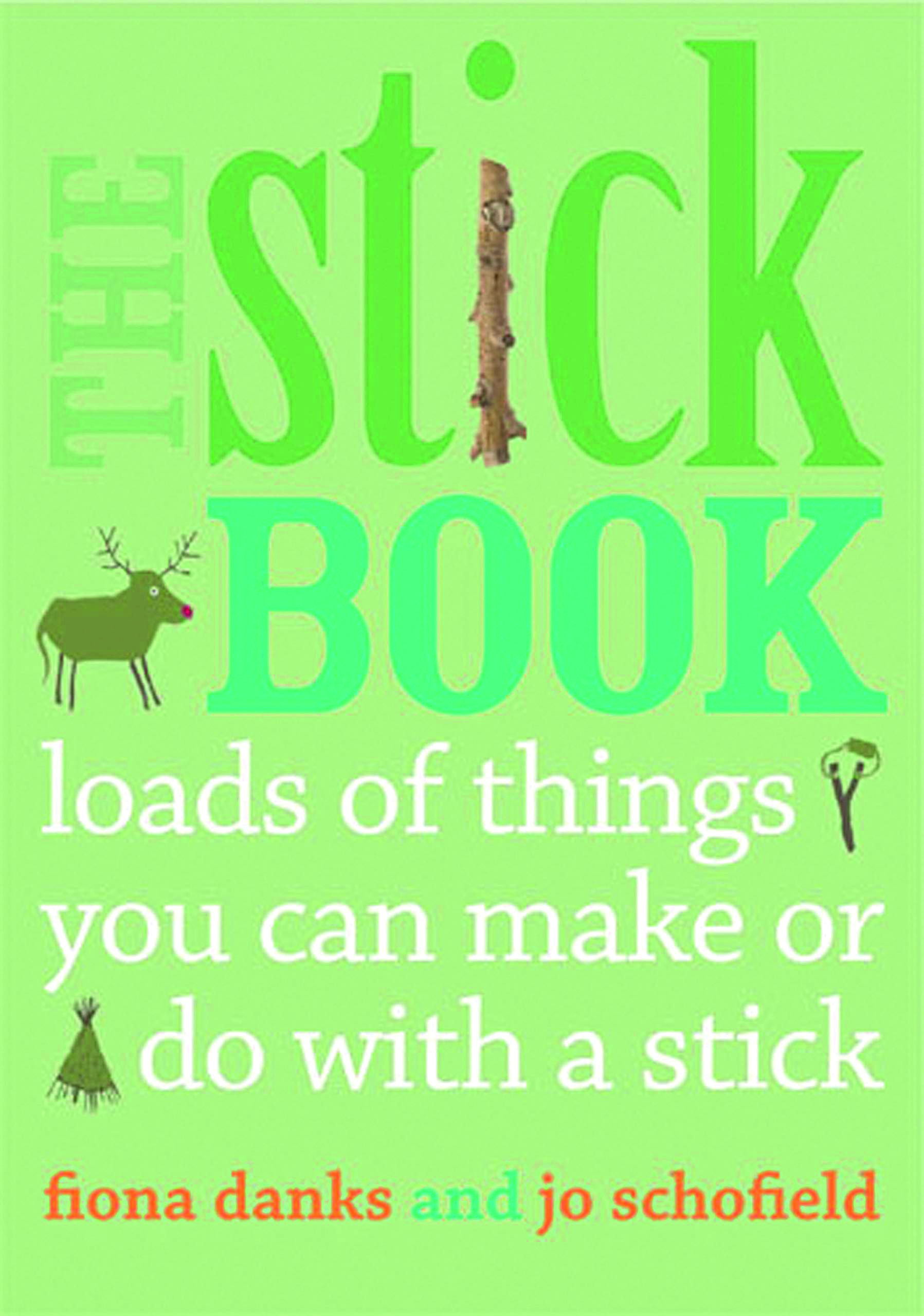
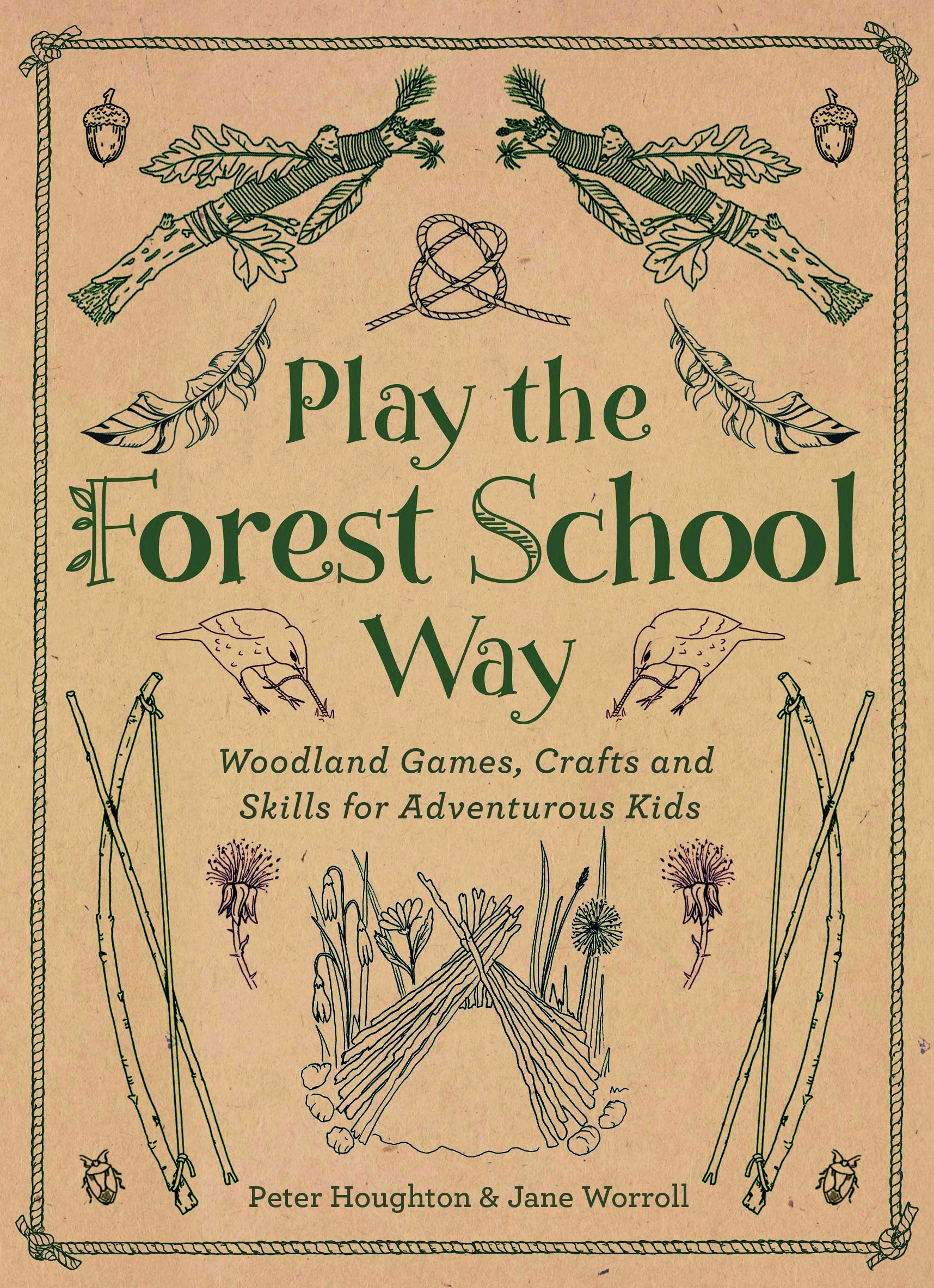
 Play the Forest School Way by Jane Worroll and Peter Houghton
Play the Forest School Way by Jane Worroll and Peter Houghton
The Magic and Mystery of Trees by Jen Green and Claire McElfatrick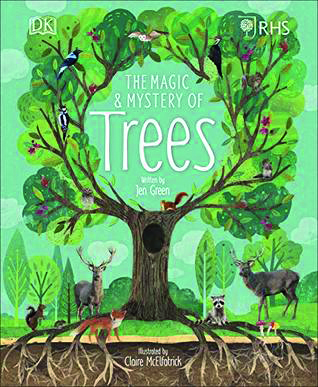
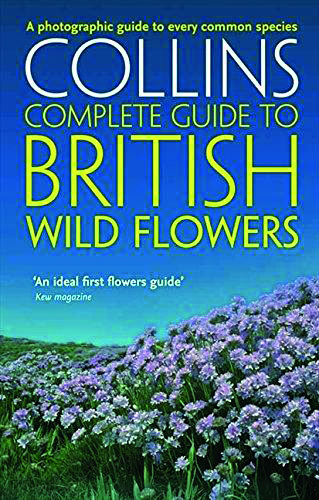 British Wild Flowers: A photographic guide by Victoria Munson
British Wild Flowers: A photographic guide by Victoria Munson









